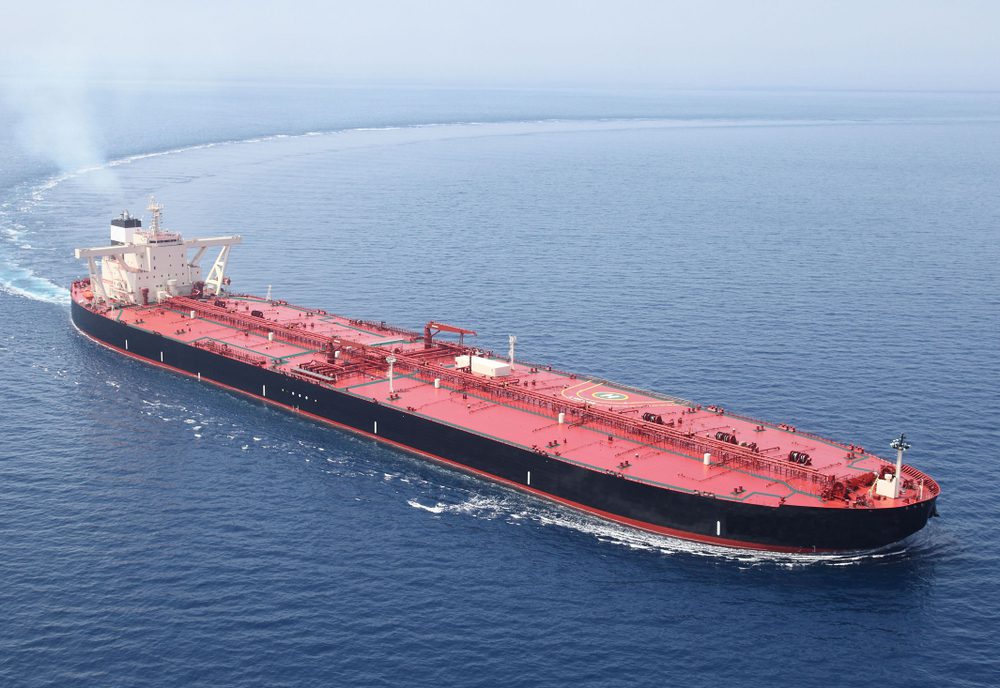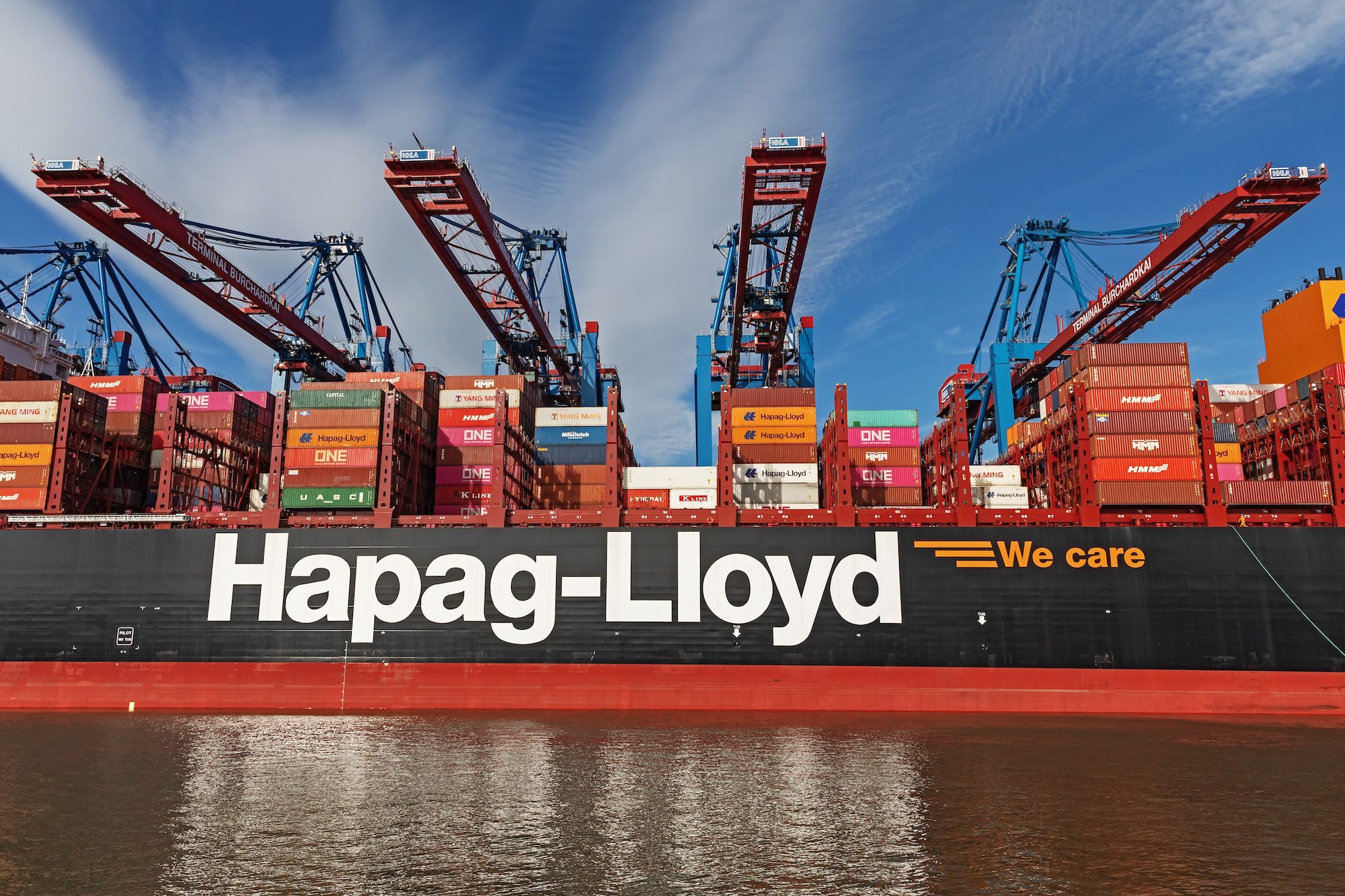Dynamic Positioning (DP) has come a long way in the 58 years since its inception, developing alongside the oil industry. Today its applications are as varied as the vessels it is installed upon & its technology has found its way into all aspects of the marine industry.
Many of today’s advances in deep water exploration would not be possible without it, as we push farther offshore to drill deeper in the quest for energy.
The Beginning
As the 1950’s came to an end the Jack-up technology in use was reaching the limits of water depth they were able to drill in. Anchoring was becoming less economical. A new solution was needed.
Enter the Drill Ships
In 1961 the drill ship Cuss 1 (named for the Continental, Union, Shell & Superior oil consortium) was launched with 4 steerable propellers. While they were still operator controlled the vessel did make use of Radar & Sonar ranging technology to determine position. Working within a radius of 180m the Cuss 1 was able to drill a number of holes for the Mohole Project, the deepest being in 3500m of water.
That same year Shell launched the Eureka. Equipped with thrusters fore & aft capable of rotating through 360 degrees, an analogue controller & a basic Taut Wire, known then as a Tilt Meter, she was the first true DP vessel.
The man who made this possible was Howard Shatto. An engineer with Shell, Shatto pioneered the idea of Dynamic Positioning & remains active in its regulation to this day.
Although the Eureka ushered in a new age of offshore technology it was mainly used for drilling core samples. It wasn’t until 1971 that the SEDCO 445 arrived on the scene as the first purpose built dynamically positioned drill ship. She was equipped with a Honeywell Automatic Station Keeping (ASK) system, which was again developed by Howard Shatto.
The Satellite Era
In 1980 there were around 65 DP capable vessels operating in the offshore industry. With the integration of Satellite technology being used as a reference this number had increased to over 150 by 1985. GPS & its advances have paved the way, from that time until the present, for the growth of the worldwide DP fleet.
While the early vessels equipped with a satellite reference system were primarily concerned with static station keeping, with time & experience this eventually moved to include precise vessel movement.
More recent advances in satellite & ground based augmentation systems such as DGPS & WAAS have reduced position error to less than half a meter, enabling ships to perform the precision operations we see today. Tasks such as pipe lay are now performed with great accuracy, allowing optimal use of resources.
Industry Regulation
As DP continued to be utilized through the 80’s & into the 90’s it was evident that regulation was required due to a lack in consistency in how DP control & associated issues were managed. Consultants had been working together informally through the 80’s to create procedures to cope with this new form of vessel handling & by 1990 the Dynamic Positioning Vessel Owners Association (DPVOA) was formed.
The DPVOA began to collect incident data & to develop guidelines based on that information. Working closely with the IMO they produced the Maritime Safety Committee Circular 645, establishing International guidelines for all DP equipped vessels built after July 1st, 1984.
In 1995 the DVPOA merged with the International Association of Diving Contractors (AODC) to form the International Marine Contractors Association (IMCA), which remains the main DP regulatory body to this day. Since then IMCA has released over 50 guidance documents, based on the lessons learned & recorded over the years.
The Future
Moving now towards 2010 & beyond, DP is an integral part of the offshore oilfield. Advances in technology & reference systems make the systems more reliable & greatly increase the Mean Time Between Failure (MTBF).
Today we are drilling in deeper water; farther offshore then could be imagined back on the Eureka. Innovative references such as a deep water taut wire constructed from fiber optic cable that can measure the curve due to current allows vessels such as the newly built Discoverer Clear Leader, Chevrons newest Enterprise Class drill ship, to work in 3650m of water, drilling to a total depth of 12,200m! These advances can be largely attributed to Dynamic Positioning technology.
What will it let us do tomorrow?

 Join The Club
Join The Club










